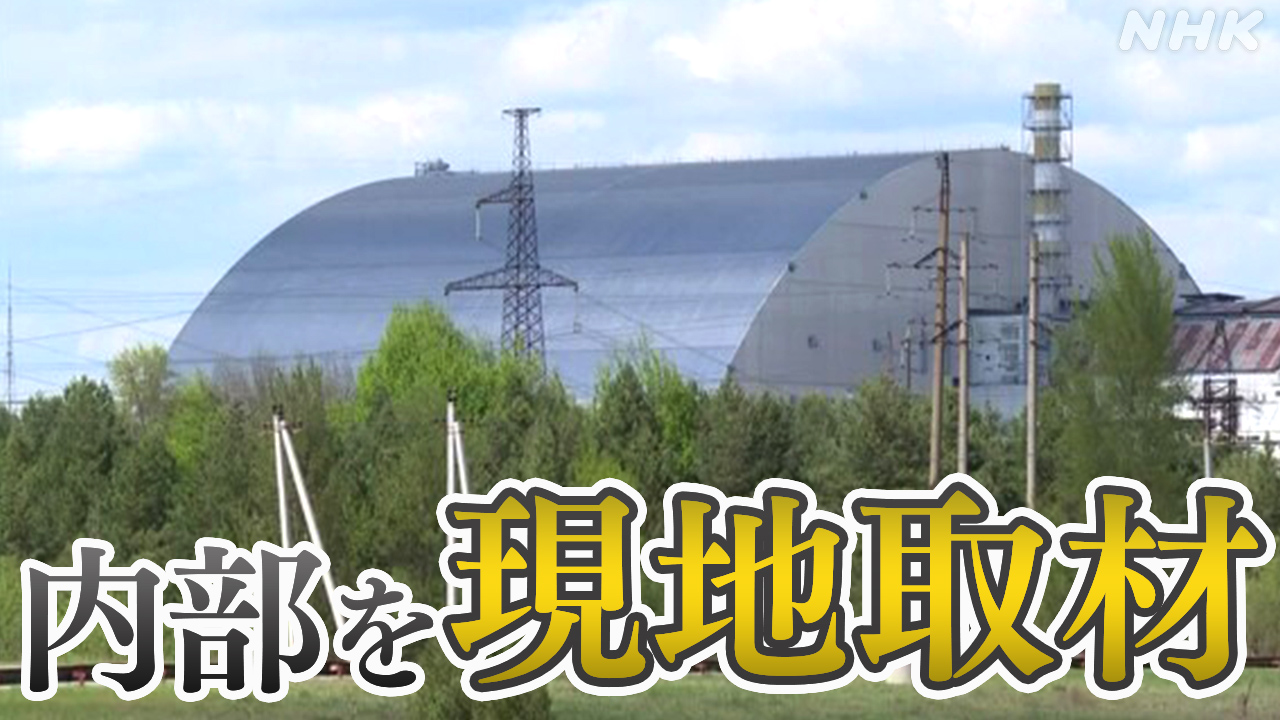Russia's Assault on Chernobyl: The Critical Condition of the Shelter and its Implications
The ongoing conflict in Ukraine has cast a long shadow over the world, and one of the most concerning aspects is the impact on the Chernobyl Exclusion Zone. Russia's assault on the area has raised serious questions about the integrity of the Chernobyl Nuclear Power Plant's sarcophagus, the crucial shelter protecting the world from the remnants of the 1986 disaster. This article delves into the current state of the shelter, the potential risks, and the international implications of this precarious situation.
The Damaged Shelter: A Looming Threat?
Initial reports suggested that the fighting near the Chernobyl plant caused disruptions to the monitoring systems and a temporary loss of communication. While the International Atomic Energy Agency (IAEA) later confirmed that radiation levels hadn't significantly increased, the potential for catastrophic damage to the sarcophagus remains a major concern. The shelter, a massive structure built to contain the radioactive debris from the meltdown, is crucial for preventing further environmental contamination. Any compromise to its integrity could lead to the release of dangerous isotopes, posing a grave threat to the surrounding region and beyond.
Key Concerns Regarding the Chernobyl Shelter:
- Physical Damage: The proximity of military activity raises concerns about potential physical damage to the structure itself, caused by shelling, explosions, or other forms of conflict.
- Power Supply Interruptions: Disruptions to the power supply needed for the cooling systems and monitoring equipment pose a risk to the stability of the sarcophagus and the ability to effectively monitor radiation levels.
- Personnel Safety: The safety and well-being of the personnel monitoring the site, who have been directly impacted by the conflict, are critical for maintaining the integrity of the shelter's operations.
- Long-Term Effects: Even minor damage could lead to long-term instability and increased risks of radioactive leaks. The long-term consequences of any damage remain uncertain.
International Response and Monitoring Efforts
The IAEA has played a vital role in monitoring the situation at Chernobyl since the start of the conflict. They have repeatedly emphasized the importance of maintaining the integrity of the shelter and ensuring the safety of the personnel. Numerous international organizations and governments have expressed deep concern and are closely monitoring the situation.
IAEA's Crucial Role:
- Remote Monitoring: The IAEA utilizes remote monitoring systems to track radiation levels and assess the condition of the plant.
- Information Dissemination: They regularly issue reports and updates to keep the global community informed about the situation.
- International Cooperation: The IAEA is facilitating international cooperation to address the challenges posed by the conflict's impact on the Chernobyl site.
The Broader Implications: Beyond Radiation
The situation at Chernobyl highlights the broader risks posed by armed conflict in areas with sensitive infrastructure. The potential for environmental damage extends beyond radiation, impacting biodiversity and long-term ecological stability. The human cost, including the displacement of personnel and the impact on local communities, is also significant.
Looking Ahead: A Call for Peace and Preservation
The situation at Chernobyl underscores the urgent need for a peaceful resolution to the conflict in Ukraine. Protecting the Chernobyl shelter is not just about preventing a potential nuclear catastrophe; it's about safeguarding the environment and preserving the legacy of one of history's worst nuclear disasters. The international community must remain vigilant and continue to support efforts to monitor and secure the site, ensuring that the lessons learned from Chernobyl are not forgotten. Further research and monitoring are crucial to fully understand the long-term impacts of this conflict on the Chernobyl Exclusion Zone. For the latest updates, consult the official website of the International Atomic Energy Agency (IAEA).
